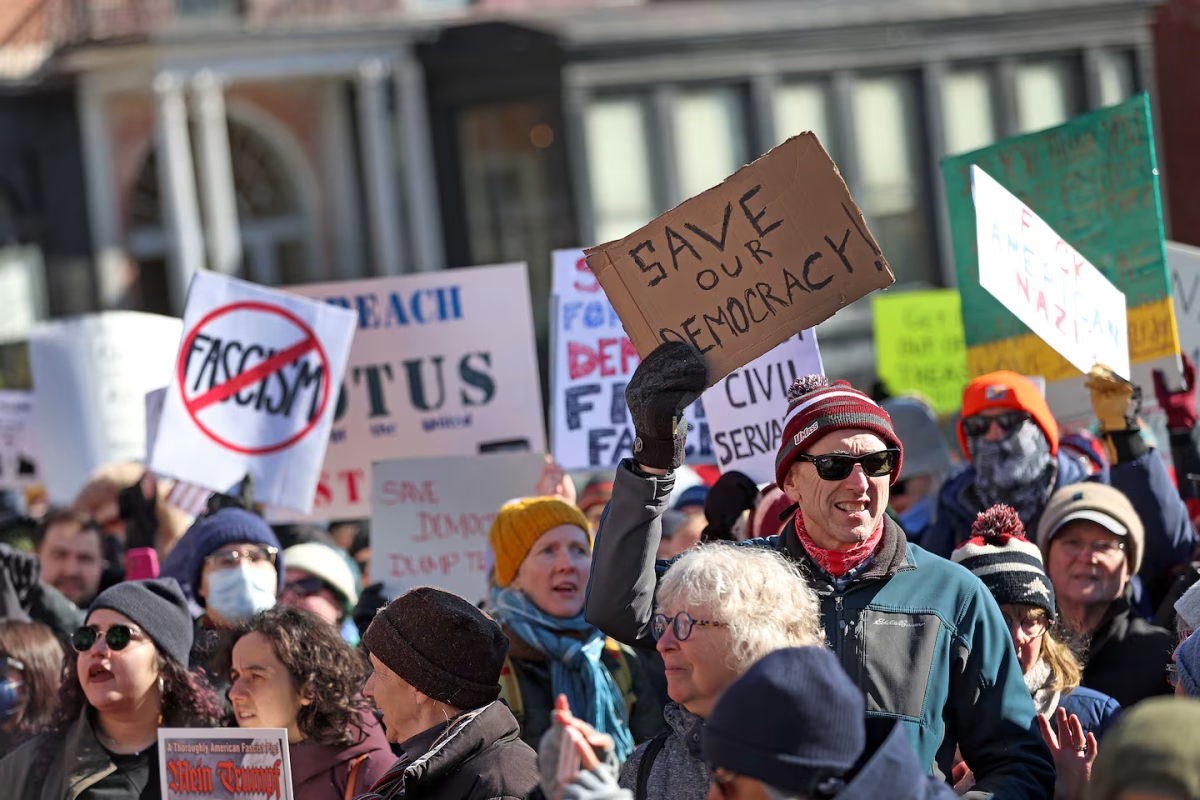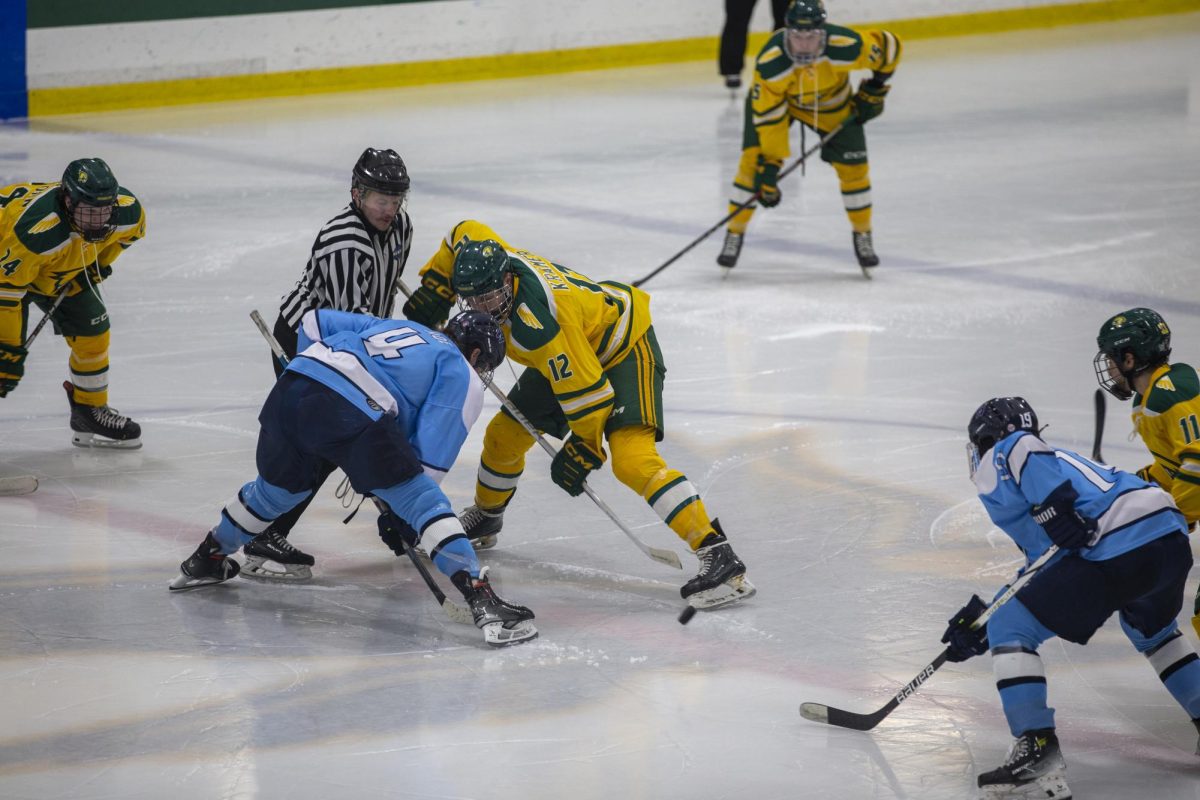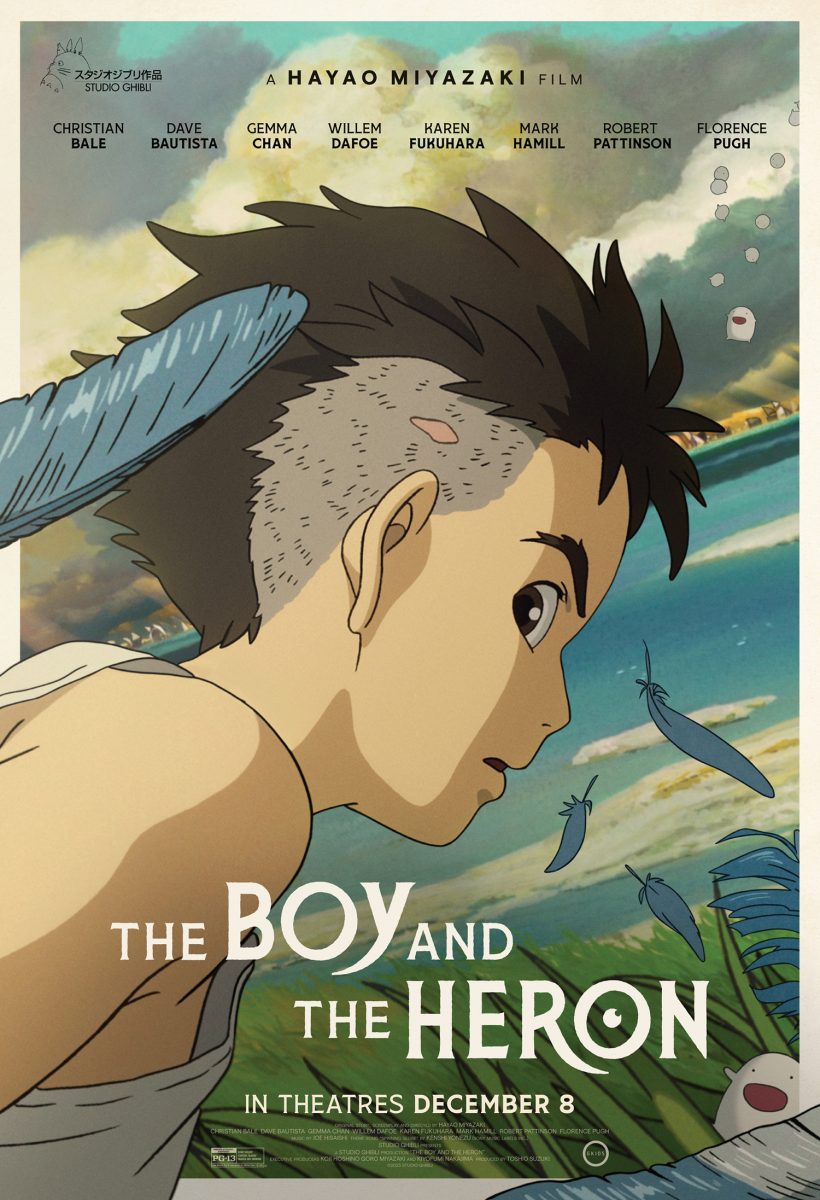While some FSU students were tanning in Mexico over spring break, others were in England and earning credit for class. Fitchburg State has a wide array of study abroad options, ranging from the new spring break model instigated this semester, to longer options that cover whole semesters.
“A couple of years ago, I designed a shell course for my department – ENGL 3025: English Studies Abroad,” Dr.
Kisha Tracy, who accompanied the students to England, wrote on MASSachusetts State Universities MEDIEVAL Blog. After working with a travel advisor through FSU’s study abroad department, this semester, the class made its debut.
Tracy has previous experience with the spring break study abroad model as she went to Denmark as a teaching assistant while attending graduate school. Ten students from various majors joined Tracy for a ten-day excursion to England over spring break. Because the class is offered to all students who meet the pre-requisite and GPA requirements, it gives students the opportunity to discover something new outside of their major.
This year, some study abroad students were awarded scholarships to help with the expense of getting a passport. After factoring two days for travel, the group spent an exciting eight days in the UK, in which they toured sites that linked to the literature they studied in the weeks leading up to the trip to the locations they visited abroad.
“I think it gives students the opportunity to do things they’ve wanted to do in a safe environment,” said Tracy. “Getting exposure to other parts of the world is really key,” she said.
“I personally like the spring break model,” Tracy said, because not only is it cheaper than semester-long study abroad options, but students can get to know each other before they go, and the shorter length of the trip is appealing to students who cannot be away for an extended period of time.
“I think it’s a really good opportunity if you want to see a foreign country,” said Danielle Girard, a student from the class. She noted that it was a good bonding opportunity with people you may not have otherwise met, and added that reading things and seeing them in reality helps you understand the literature. “It connected really well with the literature we read,” Girard said.
The group started in London and then traveled to Oxford to visit the Bodleian Library, which began construction c. 1320. While at this foremost English, medieval library, the students and Tracy participated in a guided tour with a wonderful leader, and then paid their respects at J. R. R. Tolkien’s grave at the Wolvercote Cemetery.
The group was delighted when they unknowingly stumbled into a section of the Eagle and Child Pub that was saturated in Tolkien memorabilia. The pub is famed for once being a popular hangout place for the informal Oxford literary discussion group known as “Inklings”, which included Tolkien, C.S. Lewis, Owen Barfield and many other notable English writers.
Next, the group visited Warwick Castle, with fortifications created by King Alfred’s daughter Ethelfleda in the year 914. The castle boasts the largest trebuchet in the world however, on the day of FSU’s visit the monumental machine was not running. In preparation for this site, before the students left for the trip, they constructed their own trebuchets and battled it out to see who’s was the best.
The site also made historical connections to the War of the Roses, which lasted thirty years but was more devastating to the English population than the Hundred Years War. Also in Warwickshire, the group visited famed Stratford-Upon-Avon, the birthplace of William Shakespeare, which still holds houses in which Shakespeare was born, lived and died.
One of Tracy’s goals for the trip was to expose students to other cultures and to see the history that goes along with the literature, “to make the literature come alive,” she said.
Tracy and her students saw many layers of history in Bath, one of the locations that students loved the most.
“I think my favorite attraction would have to be the Roman Baths because it was the place where I felt most connected to the past and history surrounding it,” said Girard. “There was this one room that was really dark and you could just see all of the coins beneath the surface of the water sparkling because people are still throwing in money today. I just thought it really put into perspective how much humanity has stayed the same while the world has grown and expanded around us,” she said.
Also, while in Bath, the group went up the Abbey and the saw the remains of the medieval gate to the city.
The class focused on legends including Merlin, Robin Hood and King Arthur. It is believed by some that Stonehenge, another stop on the trip, was created by the wizard Merlin from healing rocks brought to the UK by giants in the 12th century. Not far from Stonehenge sits Lacock Village, which was an exciting place for Harry Potter enthusiasts on the trip, as many scenes from the movies were filmed there.
According to Girard, Dr. Tracy playfully teased the students to focus on the guided tour instead of getting side tracked by recognizing houses and landmarks from the films. The village is owned by the National Trust and is very well preserved to represent the styles of different time periods going back to the 13th century.
The trip wouldn’t be complete without visiting Canterbury. The group visited the area of the Tabard Inn, the meeting place of the pilgrims in the beginning of Geoffrey Chaucer’s “Canterbury Tales” and looked at where the pilgrims stopped along the way. While there, the group visited Canterbury Cathedral.
“[It] related to our readings, firstly because of the “Canterbury Tales”, and secondly because it is where Thomas Becket was martyred (there’s a candle there burning for him) and we read about Thomas Becket,” said Girard.
On the last day, students had the opportunity to explore London. Girard took advantage of this free time and woke up early to see as much as she could before heading back to the U.S. She and some friends walked to Speedy’s Cafe on Gower Street, where the BBC series “Sherlock” films its Baker Street.
Later, Girard visited the Sherlock Museum, located on the actual Baker Street in London. Seeing sights such as the Tardis, Abbey Road, and Kensington Garden, where there stands a statue of Peter Pan, Girard packed a lot into her last day. At night, she saw Big Ben and the London Eye. “It was beautiful at night,” said Girard, “I’ve never seen anything like that before.”
Although the class does not meet regularly for the remainder of the semester, students are continuing to update their journals with ideas from their travels, and they will be conducting presentations for the Fitchburg High honors students in Ellis White April 9th at 11 a.m. and at the Fitchburg Historical Society April 23rd at 6 p.m. The presentation in Ellis White is also open to the university community.
Read the students’ and Dr. Tracy’s journals at http://storify.com/KishaTracy/english-studies-abroad-journals and http://storify.com/KishaTracy/dr-t-goes-to-england and follow Dr. Tracy’s updates on her blog at http://massmedieval.com/kisha-tracy/ for more information about the trip.






Photos by Kisha Tracy








Kisha Tracy • Apr 1, 2014 at 10:32 pm
Reblogged this on MASSachusetts State Universities MEDIEVAL Blog and commented:
A student reporter at Fitchburg State interviewed me and posted an article in our online University newspaper, The Point.